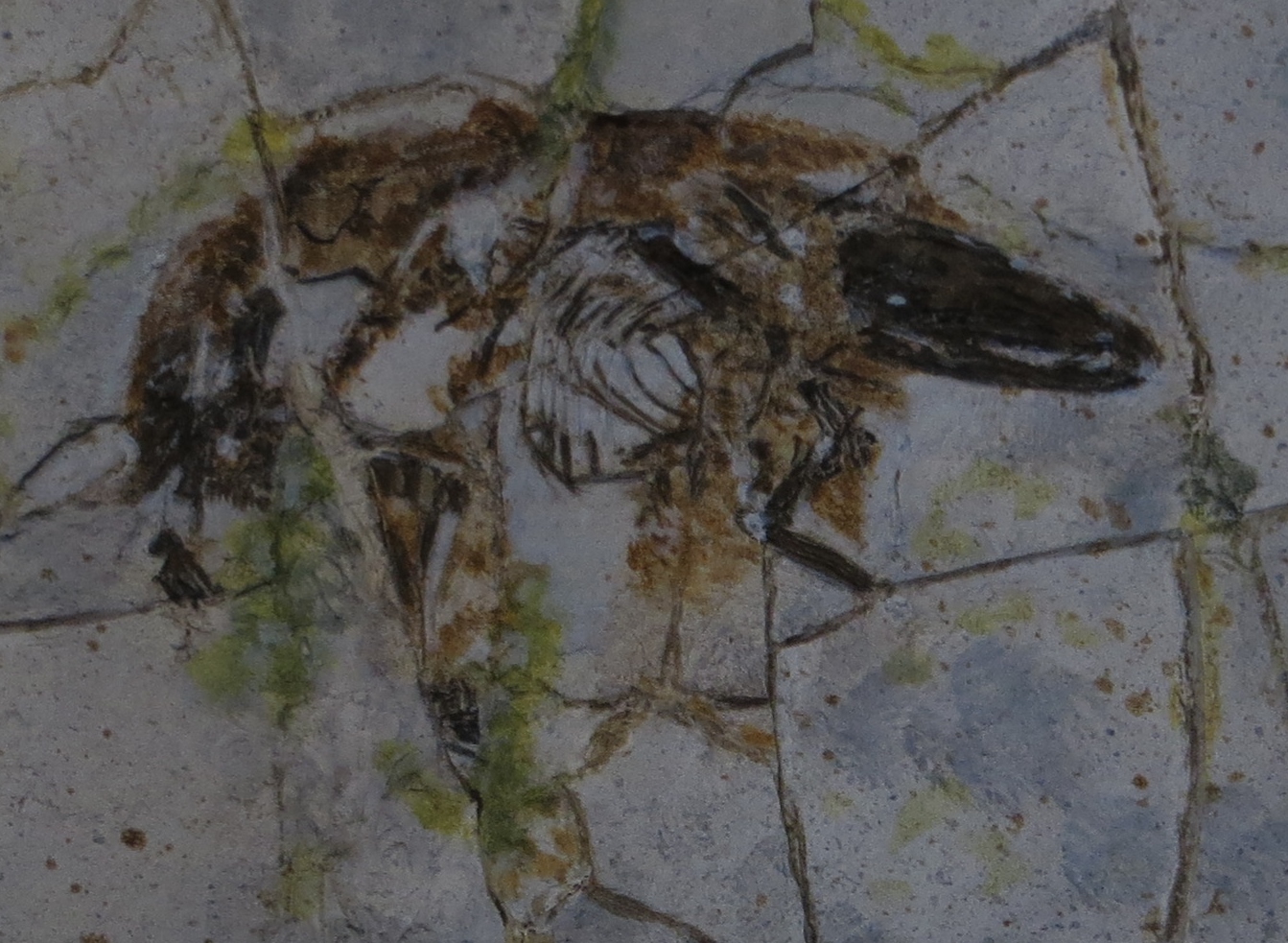Didelphis virginiana, the Virginia opossum, is the only living marsupial in North America. Although it evolved recently, it shares many traits with its ancient ancestors and is often referred to as a living fossil.
"Wild Science: Opossum" by A Moment of Science PBS and PBS Digital Studios (YouTube).
The opossum is a marsupial, one of the most primitive existing types of mammal. These animals, which have a pouch to carry their young, have survived nearly unchanged in their external body form for more than 65 million years. Marsupial fossils have been found on all seven continents, though today’s living marsupials are found only in Australasia and the Americas.
Mammals originated around the same time as dinosaurs (around 230 million years ago). During the Mesozoic Era (252–65 million years ago) most mammals were small and their full skeletons were usually too fragile to become fossils. However, scientists have found many fragments of their teeth and jaws. From these distinctive fossils, we know that the earliest marsupials (from rocks in China around 130 million years ago) resembled members of the modern opossum family.
Although it evolved during the Miocene (about 23 million years ago). The Virginia opossum looks very similar to its ancient marsupial ancestors (for example, Sinodelphys, shown below) and is therefore frequently thought of as a living fossil. Thanks to its extraordinary adaptability and flexible diet, the opossum occupies a wide range of habitats, including urban environments, and can adjust swiftly to a changing world.

Fossil specimen of the extinct marsupial mammal Sinodelphys from the Cretaceous of China. This remarkable fossil shows preservation of the mammal's fur coat. Photograph by Ghedoghedo (Wikimedia Commons; Creative Commons Attribution-Share Alike 3.0 Unported license).
First Encounters
Although Native Americans knew the opossum well, it was the first marsupial seen by European explorers. In the late 1400s, one of Christopher Columbus’ commanders found an opossum with a juvenile in her pouch and transported the animal to Spain, where its unique anatomy astonished King Ferdinand and Queen Isabella. Over one hundred years later, in the early 1600s, John Smith and others from the Jamestown colony authored the first description of the Virginia opossum and assigned its name, from an Algonquian word meaning “white animal.”
Contents: Introduction | Microbialites | Plants | Echinoderms | Fishes | Reptiles | Opossum | Brachiopods | Mollusks | Horseshoe Crabs | Insects & Arachnids



